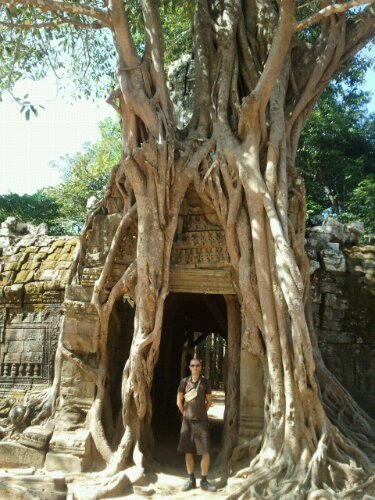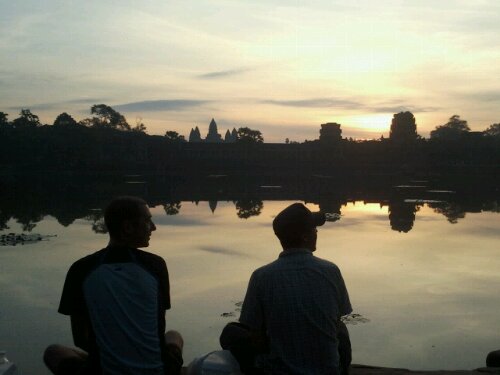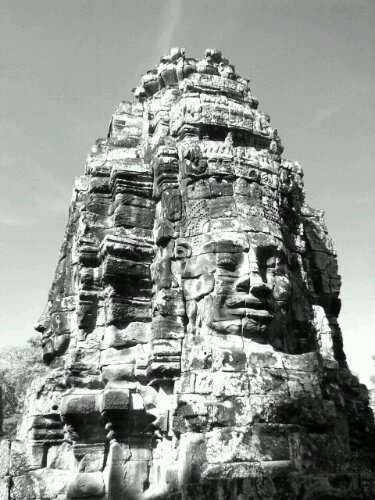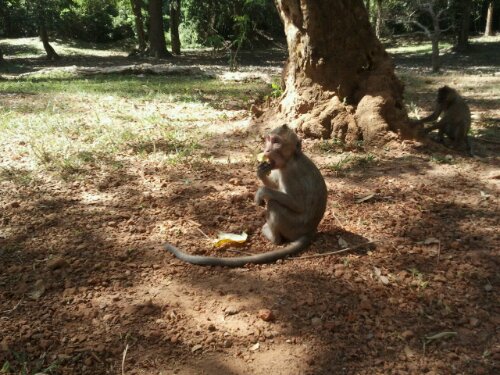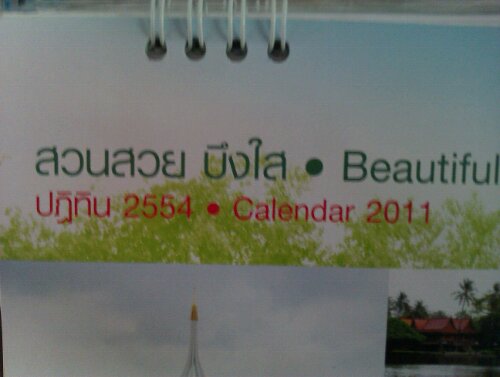In any trip you visit many cities, talk with lovely people, and see amazing landscapes, but there is another reason that makes a trip different and interesting than any other: food.
Everybody knows in places such as SouthEast Asia you have the opportunity of trying weird food, some is actually good.
Here you have a list of different typical dishes from SouthEast Asia we tried, or at least, saw. You might find some in Europe or other Western countries, anyway they are not so common. We have specified where we found that food, although it might be possible to find it in other places:
Beware some images may be disgusting to you!
Cockroaches
Where? Chiang Rai, Thailand.
Tasted? Yes, Albertico and Miguelito.


we really ate that!
Fertilized egg
Where? Chicken- Laos (baby chicken); Duck- Cambodia and Philippines (balut); Quail- Vietnam
Tasted? Yes, Albertico (all); Miguelito and Polo (quail)


eating baby chicken in Luang Namtha, Laos:
Khao Lham (Sticky Rice In Bamboo)
Where? Thailand and Laos
Tasted? Yes, we all loved it!

Baby birds
Where? Hanoi, Vietnam
Tasted? No.

Durian (tropical fruit with a strong smell)
Where? All SouthEast Asia.
Tasted? Not directly; in cookies or smoothies.


Turtles
Where? Cambodia
Tasted? No.

Quail (roasted)
Where? Krabi, Thailand.
Tasted? Yes, Albertico.
Snake
Where? Vietnam; Cambodia
Tasted? No.

Spiders (tarantula)
Where? Phonm Penh, Cambodia
Tasted? No.

Frog
Where? Hong Kong; Malaysia
Tasted? Yes, Albertico.

Squirrel
Where? Laos
Tasted? No
Grashoppers
Where? Thailand; Laos; Vietnam; Cambodia
Tasted? Yes, Albertico and Miguelito.


mmmm!
Worms
Where? Thailand; Laos; Vietnam; Cambodia
Tasted? Yes, Albertico and Miguelito.


worms where actually tasty!
Fresh coconut milk (come on, not everything must be awful!)
Where? Thailand.
Tasted? Yes, so good!


Pancakes
Where? SouthEast Asia
Tasted? Yes, the best ones in Krabi.
Roaster
Where? Laos
Tasted? Yes, it was our Trecking lunch.
Roaster blood
Where? Laos
Tasted? Yes, and still regretting it.
Chicken blood
Where? Laos; Philippines.
Tasted? Yes, better than the roaster one.
and the star dish, probably the most disgusting!
Dog
Where? Vietnam.
Tasted? No, thanks.

If you have liked this post, read as well the page Food

